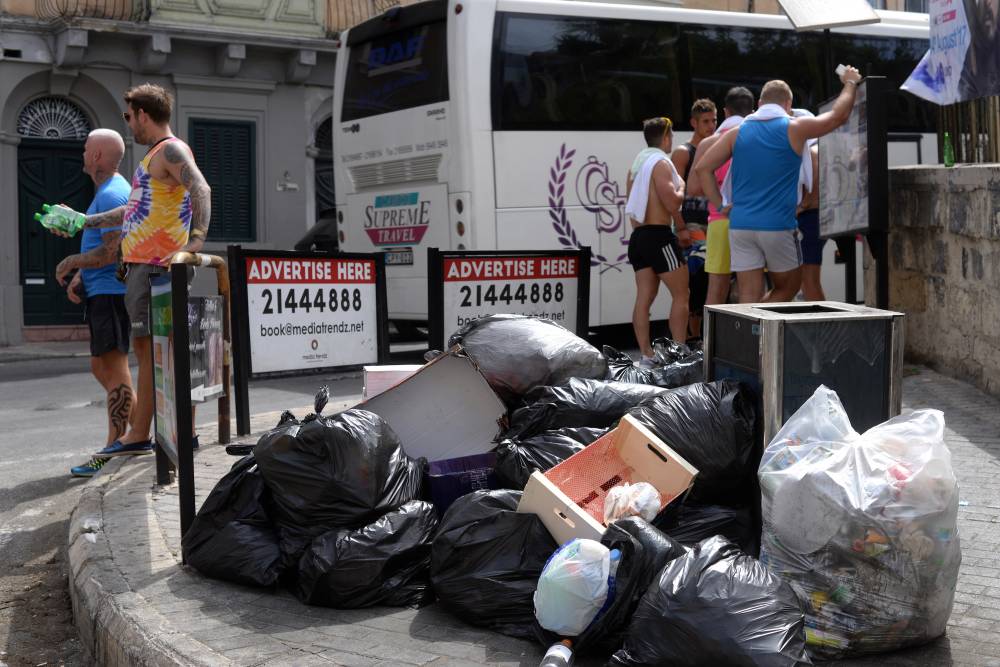Incinerator will not free Malta of need to landfill waste, researcher warns
While significantly reducing the amount of municipal solid waste dumped into Malta's landfills, the planned waste-to-energy plant will not solve the island' waste management problem

The commissioning of a waste-to-energy plant in Maghtab will significantly reduce the amount of municipal solid waste dumped into Malta’s landfills but it will not solve Malta’s waste management problem.
Works on the facility are scheduled for completion by 2023 and are expected to cost upward of €120 million, Environment minister Jose Herrera announced in February.
Once completed, the facility will be in a position to process up to 40% of the trash generated by the country.
Writing in April’s issue of THINK magazine, University of Malta researcher Margaret Camilleri Fenech calls for a more holistic approach to waste management.
Camilleri Fenech was one of a group of researchers who used material flow analysis (MFA) to illustrate where waste generated by Maltese households and businesses, ends up.
The analysis breaks down the total estimated waste generated in 2018 – roughly 263,809 tonnes – and how it is processed by the various waste management facilities available to Malta, including the yet to be built incinerator.
According to the analysis, roughly 45% of waste should be treated by the incinerator, which is estimated to have an annual capacity of 120,000 tonnes of material, which it will convert into 36,000 tonnes of ash, which the MFA assumes will be transferred to a landfill.
However, speaking on current affairs programme Xtra last week, Herrera insisted that the material could be recycled and used to build roads. Fly ash can be used in the production of concrete or asphalt.
Of the remaining waste, the MFA envisages 81,011 tonnes, equivalent to 30% being treated by the Sant’Antnin plant and Malta North waste treatment facilities. The bulk of this waste will still find its way into a landfill but 19,579 of the 81,011 tonnes of waste treated will be recycled. A further 13,060 tonnes will be converted to biogas and water through anaerobic digestion.
In total, Camilleri Fenech says 38% of the waste generated annually will still need to be landfilled. If current trends persist, she argues, Malta’s waste recycling facilities will remain underutilised, allowing more waste to end up in landfills.
While Malta remains far from reaching a desirable level of waste recycling, the government has signalled its intent to working towards this goal.
A spokesperson for the Environment ministry said the proposed beverage container refund scheme, which was launched for public consultation last week, and that will see financial incentives offered to people who recycle, will help Malta increase its recycling rate.
Moreover, they said amendments would also be introduced to littering regulations, including harsher penalties and a “more structured and enforceable approach to waste disposal”. The two schemes will be launched in parallel, the spokesperson said.
He added that as of September, the organic waste bag will start to be collected nationally. Organic waste currently makes up 50% of material disposed in black waste bags.
Furthermore, the spokesperson said that the ministry would be embarking on a circular economy framework through the implementation of the Circular Economy Act. The act will see fines imposed on those who do not recycle their waste. However, the method of enforcement, or timeline, for the implementation of this pledge is as yet unclear.








.jpg)




.jpg)






.png)


